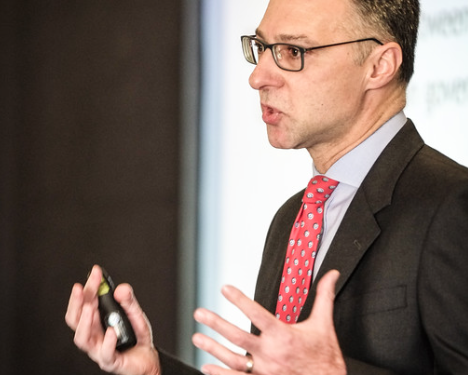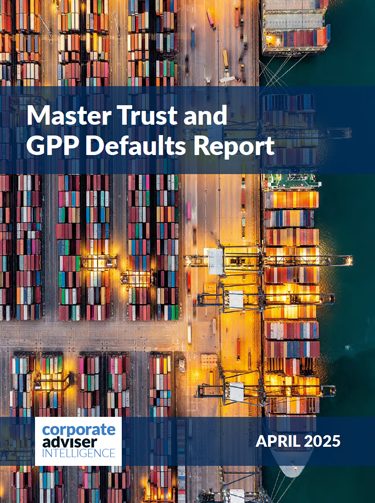Speaking at the event on Thursday, Nest chief investment officer Mark Fawcett said its blueprint for retirement, which moves retirees into income drawdown with a deferred annuity, was based on projections that anticipate a 5 to 10 per cent risk of running out of cash at some point, what he described as ‘risk of ruin’.
He said the non-advised drawdown strategy was less risky than others because it gradually buys a deferred annuity income payable from age 85, meaning any shortfall would be shortlived.
But Aegon director sales strategy & retention John Quinlivan said most people would not accept a risk of ruin, arguing third way annuities made more sense for anyone seeking security and growth.
Fawcett said: “We think the initial rate will be somewhere between an index-linked and a level annuity, somewhere over 4 per cent. The modelling we have done aims to minimise the risk of running out of money, although you cannot eliminate it all together, before the deferred annuity kicks in. So we are looking at a 5% or 10% risk of ruin. But there is a mitigation of that. That 5% chance is the worst case scenario and the median outcome should be that we beat inflation and give the ability to throw off some cash for spending earlier than that.
“The deferred annuity can be brought forward. So the risk of running out of money is low and if you do run out of money it is probably within one year of the deferred annuity kicking in. So you can make an actuarial adjustment so there is no period when you are not getting any money at all.”
Quinlivan said: “The Nest assumption that 5 or 10% risk of ruin is acceptable is to me crazy. When you have an option in the market called an annuity which is has no risk of ruin, to talk of this is crazy.
“Our flagship is going to be different. I believe that man in the street are cautiously greedy. They want the income drawdown but they want the safety net; they want guarantees. And it feels to me that variable annuities are the future. They aren’t annuities and they aren’t variable, but forget that, they are the future.”
Fawcett also noted that the blueprint model would require minimal engagement from members with only one mandatory initial contact.
Fawcett said: “People have to engage at least to a point where they give you a bank account and that is our opportunity to say how product looks and we will give an update to say how it is going every year.”
Such an engagement light model clashed with concerns from the National Association of Pension Funds that people do not understand the risks of using income drawdown.
Graham Vidler, at the NAPF, said 53 per cent of 335 individuals surveyed by the association thought that income from drawdown products was guaranteed and that no risk was associated with the products..
“The understanding of risks and what is on offer is worrying,” Vidler said.
Fawcett said Nest had yet to secure interest from a UK based insurer to underwrite the annuity.
Under questioning from Gary Jeffries, at H&D Wealth, Fawcett admitted Nest had received greater appetite from insurers in the United States.
Fawcett said: “[Nest has been] talking to annuity providers in this country who haven’t shown a lot of appetite for this. The US providers operate less constraints [than their US counterparts] and are a lot keener.”
Jeffries questioned the security of working with a US-based insurer but Fawcett said any counter-party with whom Nest worked would have to be well capitalised and robust.





